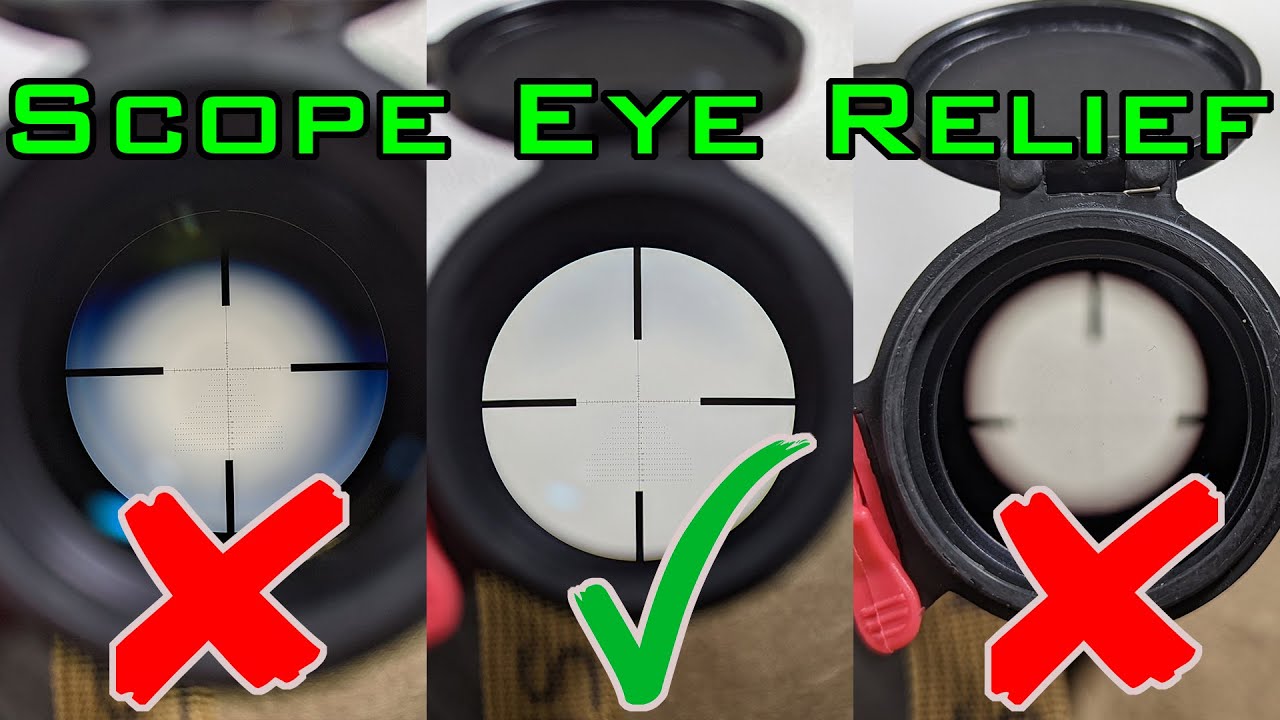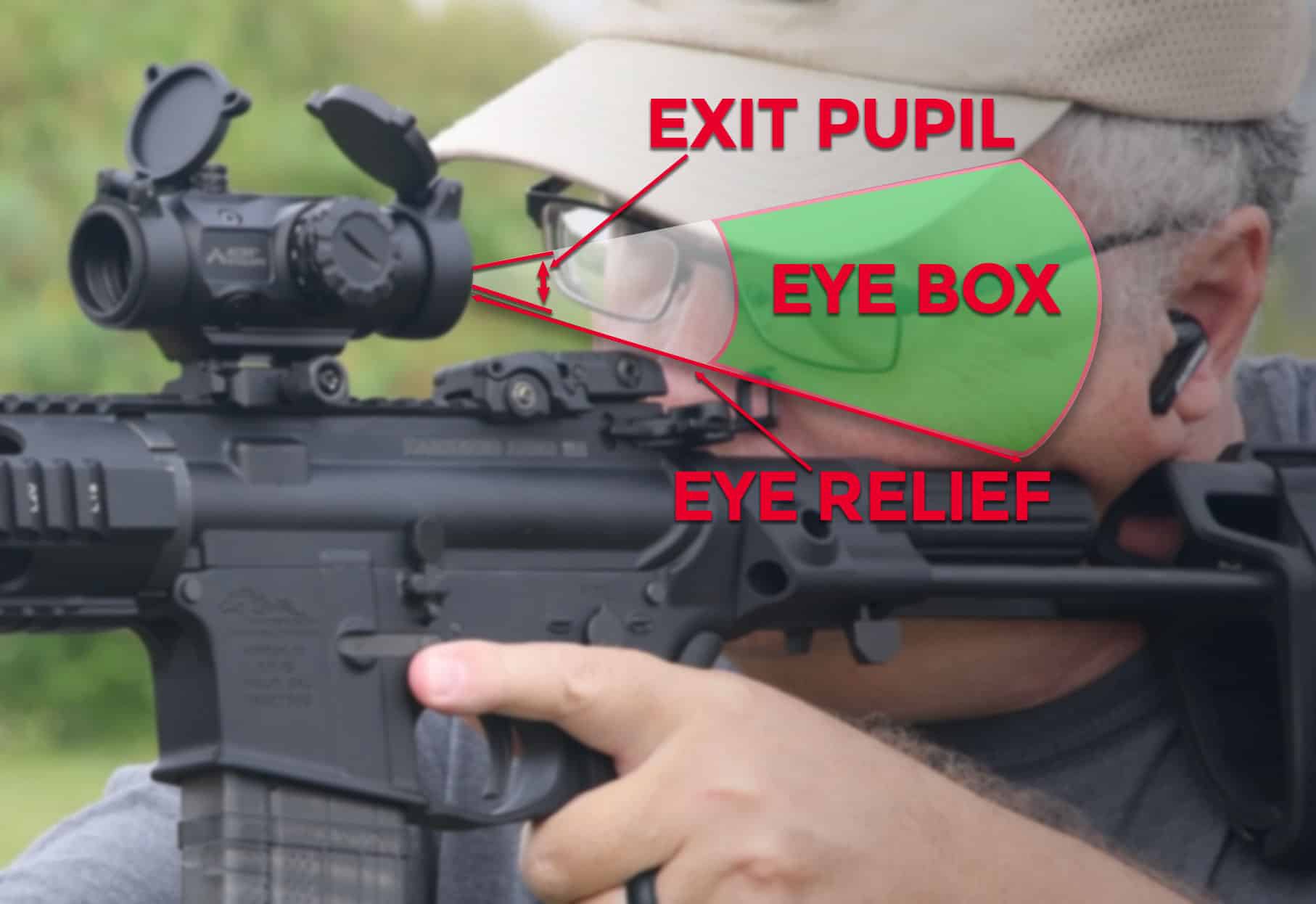
What is the best deer attractant?
For many hunters, the challenge of drawing deer within range is a constant struggle.
Jul 25, 2024 | by N Johansson

Have you ever raised a rifle to your shoulder, peered through the scope, and found yourself squinting at a blurry, shadowy image? Or worse, have you experienced the dreaded "scope bite" - that painful smack to your eyebrow when a powerful rifle recoils? If so, you've encountered the critical yet often overlooked concept of eye relief in rifle scopes.
Eye relief is a crucial factor in scope design and usage that directly impacts your shooting comfort, accuracy, and safety. Simply put, eye relief is the distance between your eye and the rear lens of the scope where you can see the full, clear field of view. But there's much more to understand about this important aspect of rifle optics. Let's begin.
Defining Eye Relief: Eye relief refers to the distance between your eye and the scope's eyepiece where you can see a clear, unobstructed image. This distance is critical to ensure not only comfort but also the safety and effectiveness of your shooting experience.
The Importance of Eye Relief: Proper eye relief keeps your eye at a safe distance to avoid scope bite, which is when the scope recoils and hits your brow. Also, maintaining the correct distance ensures you achieve a full and clear sight picture, devoid of any distracting shadows or black rings. This clarity in vision is essential for precise aiming, particularly valuable for those involved in wilderness survival, ensuring their equipment works seamlessly under various conditions.
Step-by-Step Process:
Include Visual Helps: Adding visual aids such as diagrams showing the process and the resulting sight picture can enhance understanding. Considering the visual appeal and practicality, these aids will benefit learners who prefer visual demonstration.

Steps to Adjust for Comfort and Accuracy: Scopes typically have some flexibility for adjusting eye relief.
Extra Tips:
Factors to Consider: When selecting a scope, take into account:
Top Product Recommendations:
Compare and Review: Looking at reviews and conducting comparisons can help you find a scope that excels in providing the necessary eye relief. User feedback often elucidates real-world benefits and drawbacks.

For many hunters, the challenge of drawing deer within range is a constant struggle.
Hunting Applications: Eye relief is crucial in hunting scenarios, where quick target acquisition and maintaining a clear sight picture are essential. Hunters often find themselves in varied shooting positions and conditions, making consistent eye relief vital for accuracy and safety.
Target Shooting: For target shooters, especially in competitive settings, maintaining proper eye relief can significantly enhance precision and comfort over long periods of shooting. It minimizes eye strain and helps in achieving a consistent shooting form.
Tactical Situations: In tactical situations, eye relief is critical for rapid engagement and transitioning between targets. Proper eye relief allows for quick, clear sight pictures, which is crucial for effectiveness in dynamic environments.
Highlights of Key Learnings: Mastering eye relief is paramount for enhancing shooting precision and comfort. Follow the outlined steps to measure and adjust eye relief and choose the right scope tailored to your specific needs.